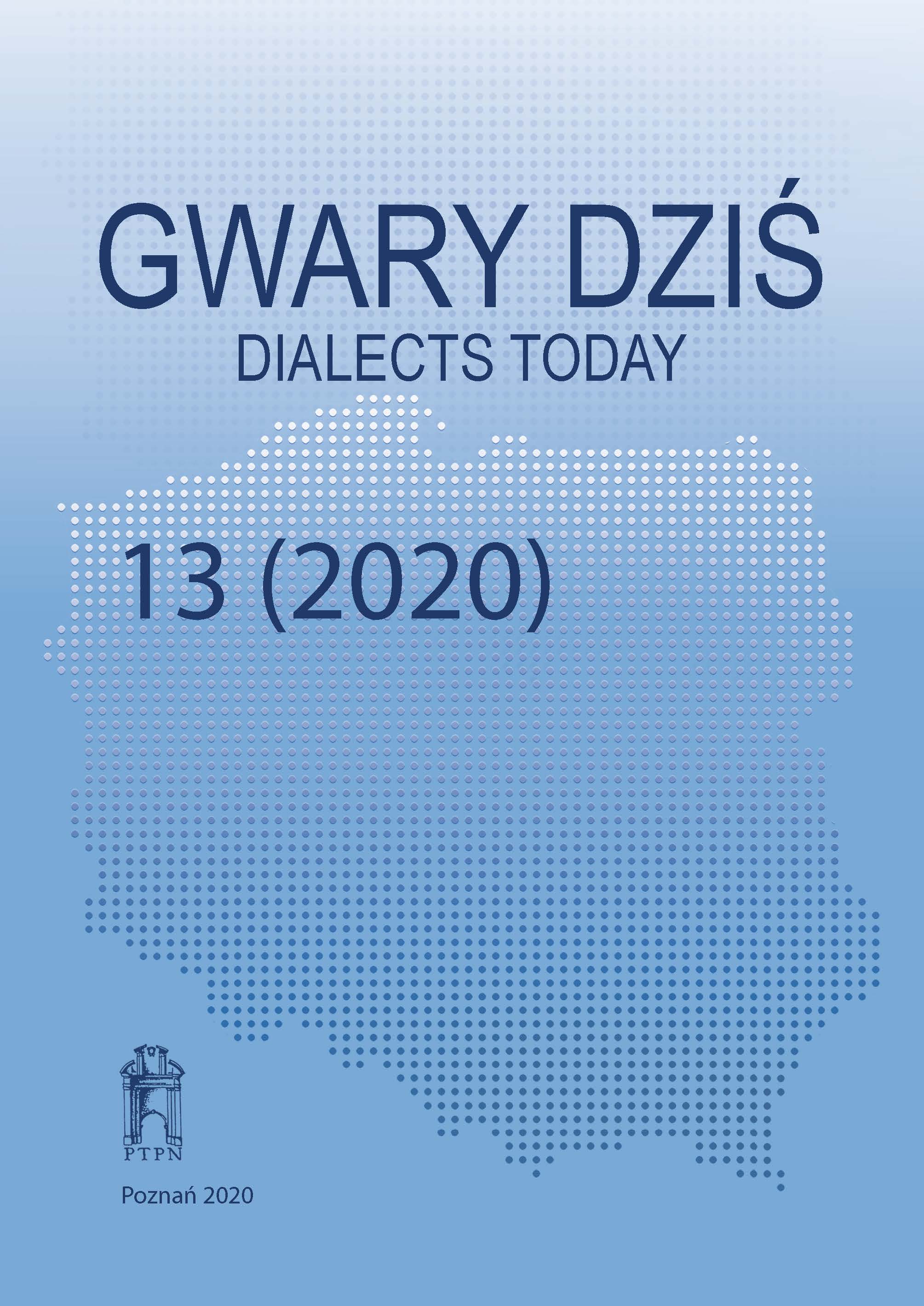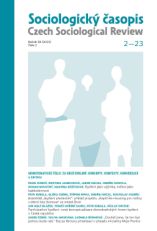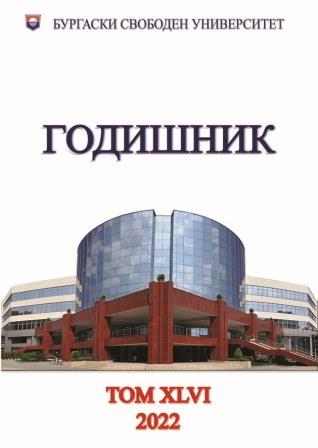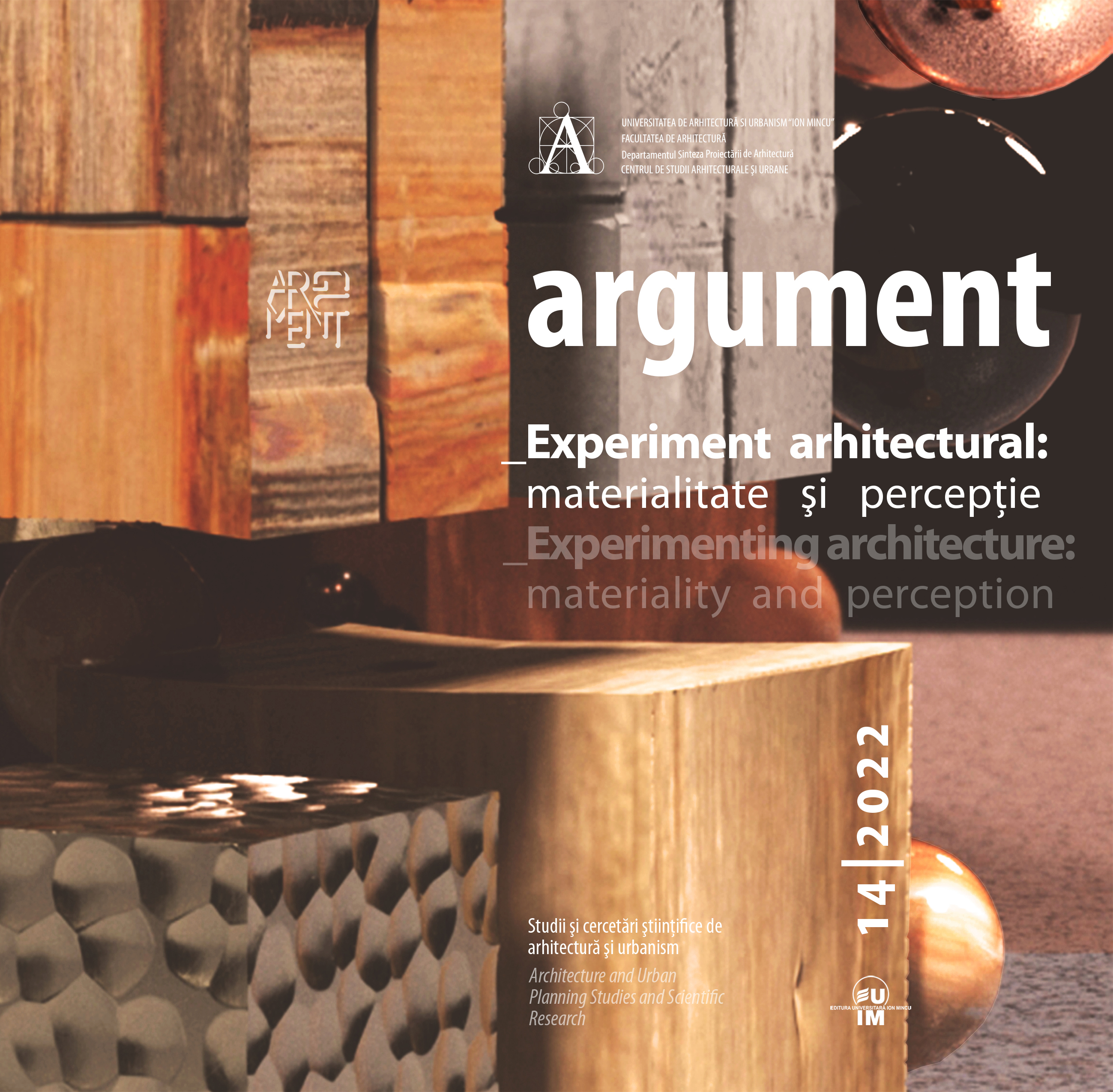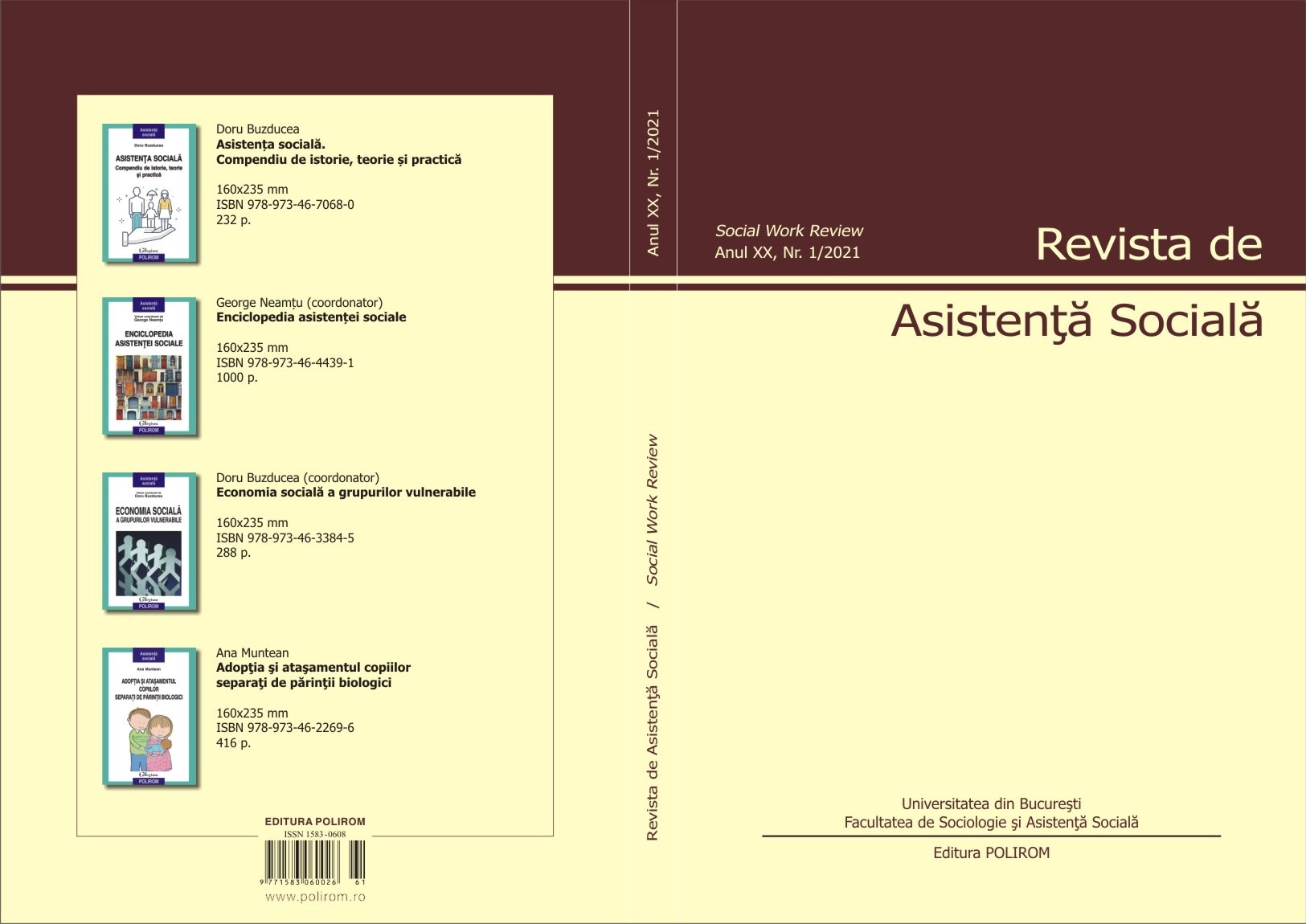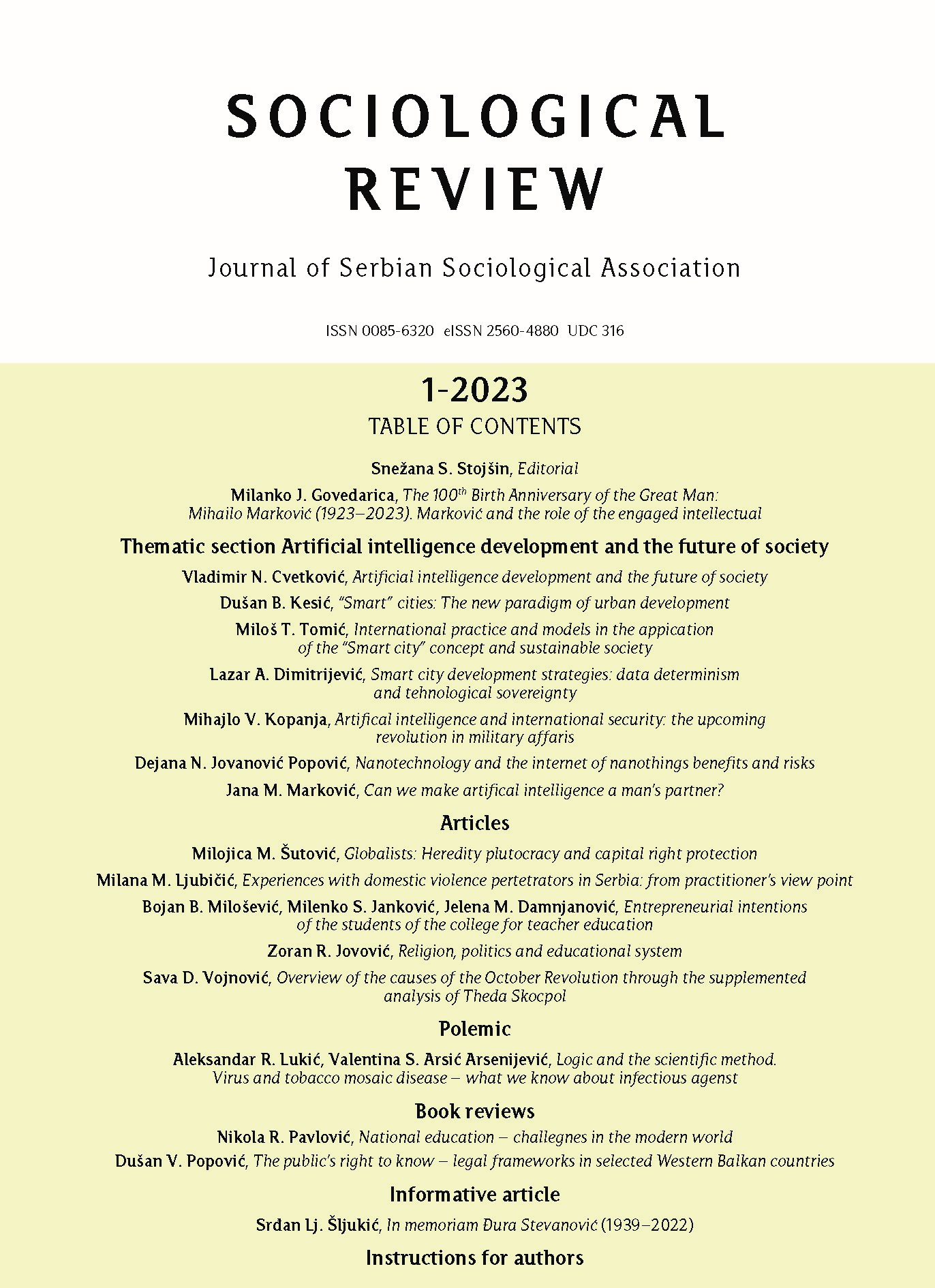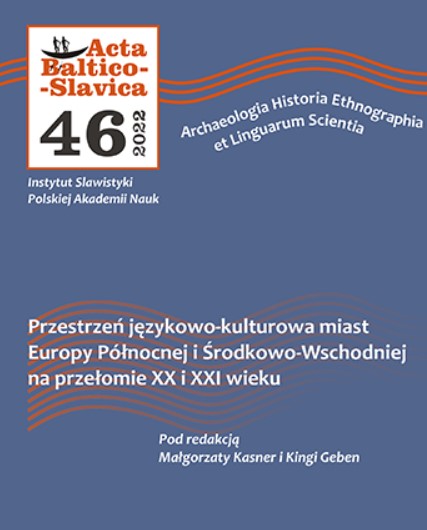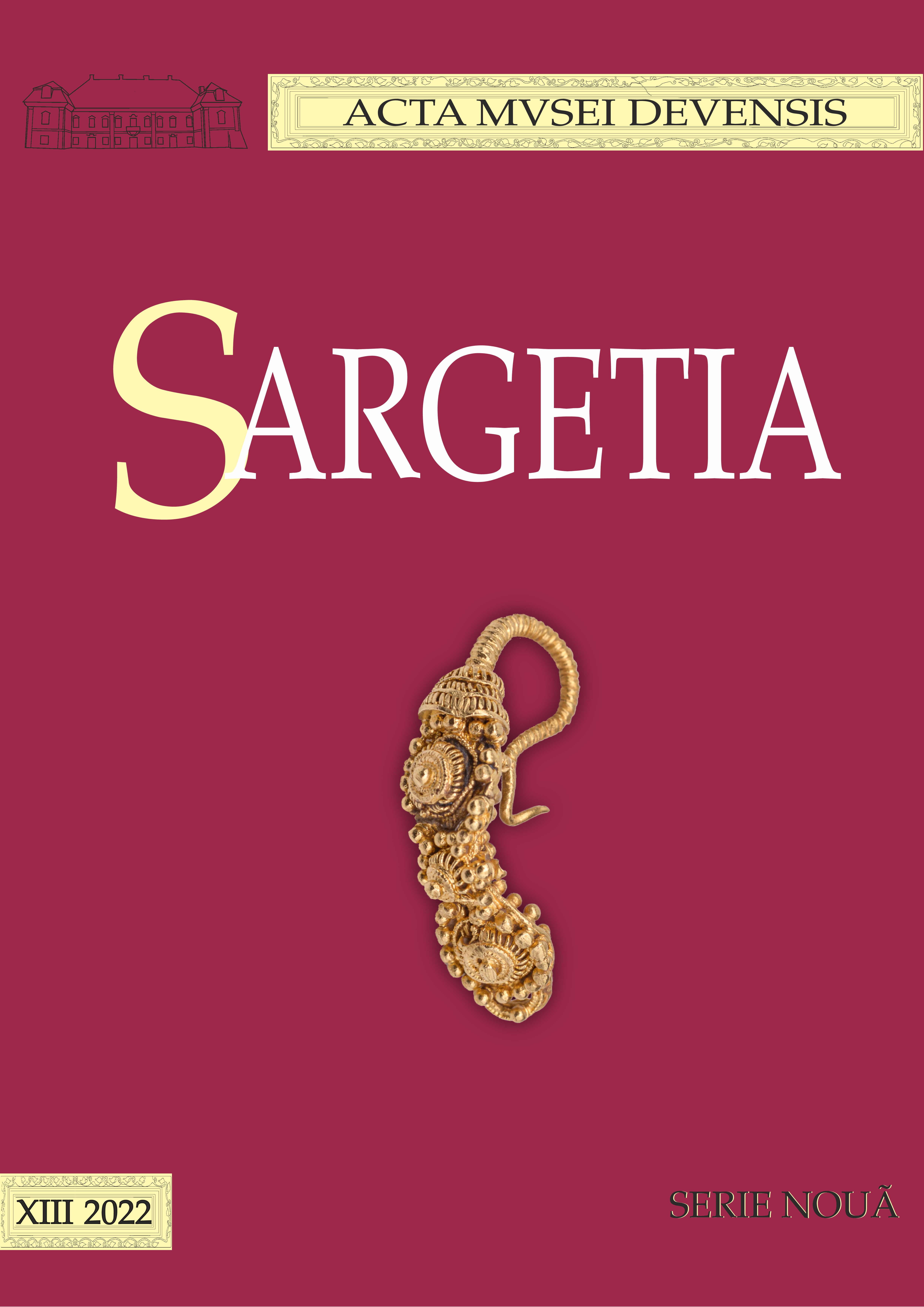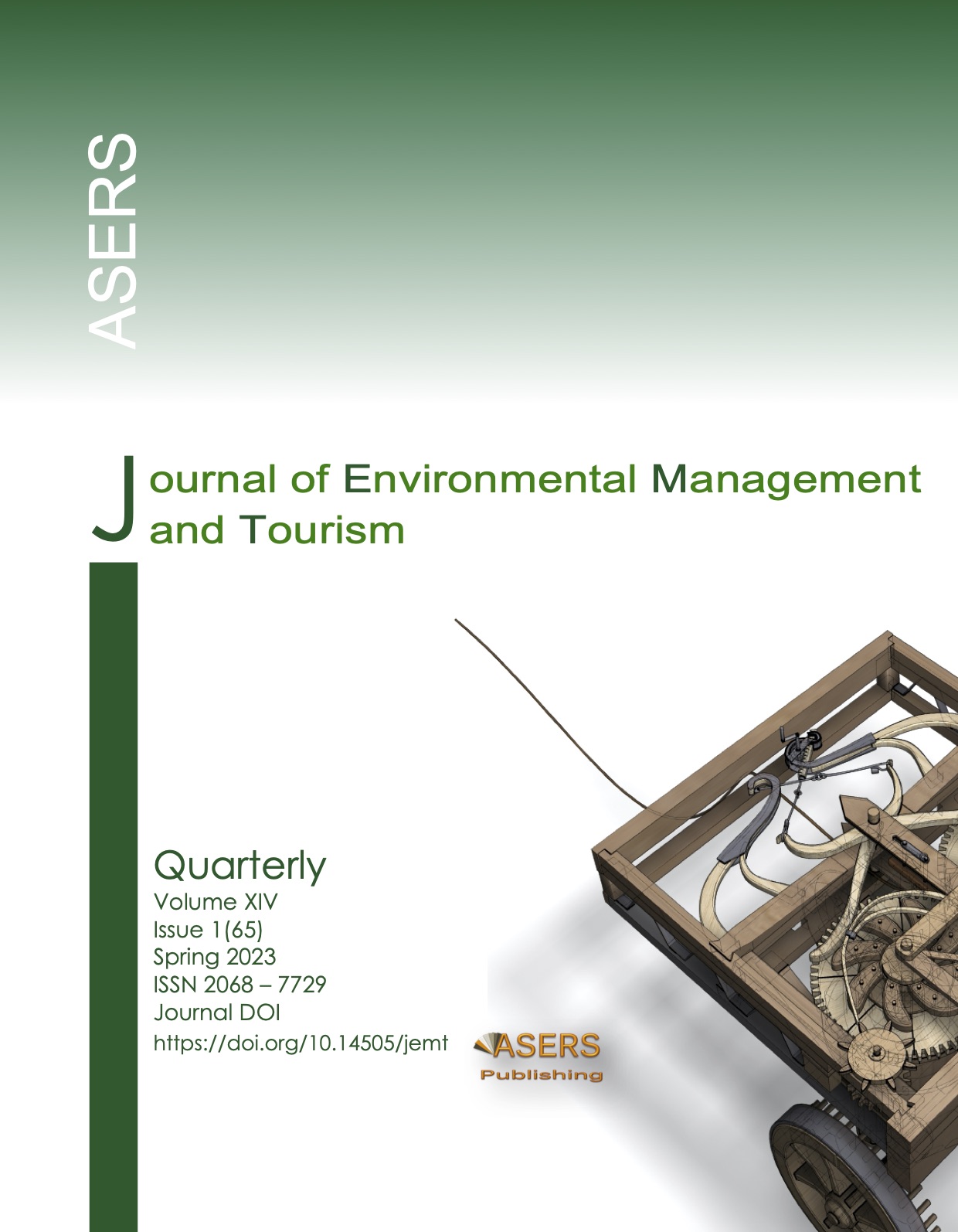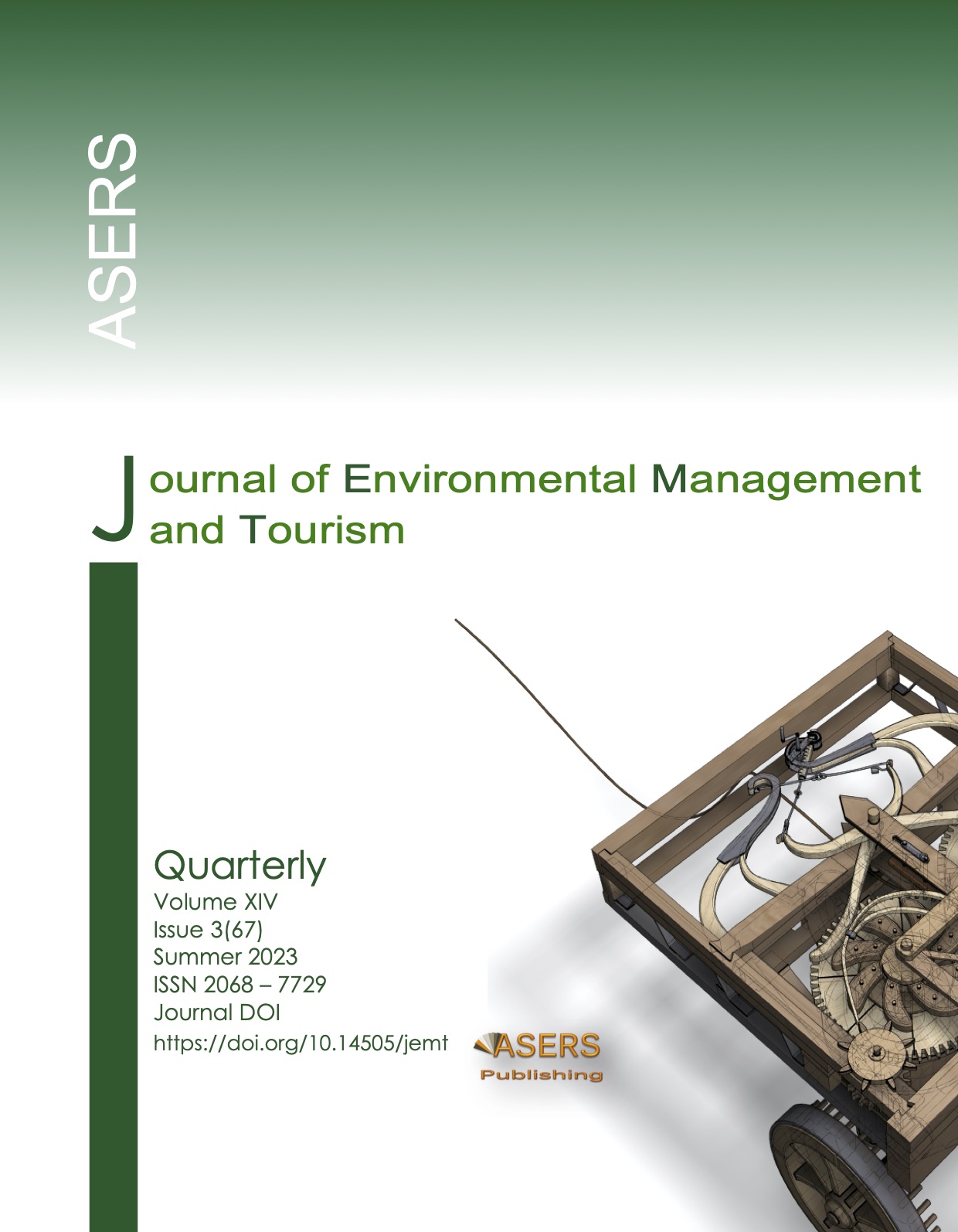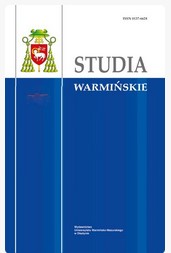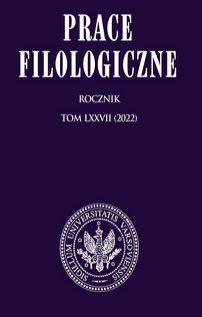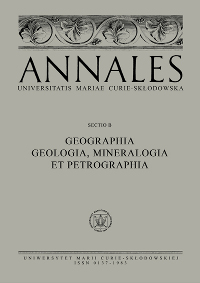Author(s): Bettina-Evelin Basarabă-Varga / Language(s): Romanian
Issue: 13/2022
The study covers an ethnographic area in the Banat region of Romania, a culturally and ethnically unitary area but with a unique military history and a specific type of living and housing. The Land of Almăj is an area that has taken shape over the centuries both due to the isolating geographical conditions and due to the surrounding historical context. Due to these geographical conditions, to the exclusively rural developments, but also due to the isolated characteristic of the area, the preserving of certain specific authentic characteristics was made possible. This paper seeks to explore these phenomena, material and immaterial, focusing on the characteristics of the built heritage, starting from building materials and structural systems to decorative elements, analysing the phenomenon and dynamics of housing and the relationship between households and not lastly, the typology of households. The intermountain region in question has been inhabited since ancient times, due to the natural protection offered by the geographical conditions and the complex hydrographic system, and the availability of the rich and varied natural resources; this statement has been demonstrated by countless archaeological discoveries, cultural vestiges, materials and by phenomena reflected in the typology of living today that show the continuation of reminiscences, exercised more or less consciously by the local population. The villages of Almăj have a special typology of living, inheriting and integrating in the culture of living the successive layers of forms of organisation imposed by different authorities over the centuries. Thus, the 4th chapter takes us through the 4 main types of identified housing styles that take place in the village (4.a. - 4.d.) and the two types of seasonal/temporary housing styles that are placed either on the outskirts of the village (4.e.) or in the proximity of the forest (4.f.). The villages of Banat were deeply restructured and altered during the communist regime, when a large part of the rural population benefited from an increase in their financial situation, especially in areas where local natural resources allowed the development of prosperous industries. Thus, the currently existing built fund comes mainly from a moment of great transformation. It is clear that the repeated stages of patterning and uniformity are clearly felt in the morphology of the villages of Almăj. However, most of the settlements in Almăj are permanent, with the population living here all year round, only in certain cases moving for work outside the settlement. It should be noted that the specific type of housing in Almăj is a special one: even nowadays, a large part of the families carry out their main activity at the main house in the village, but with complementary activities occasionally carried out at the family hut, or at the dwellings placed near the forest.
More...
